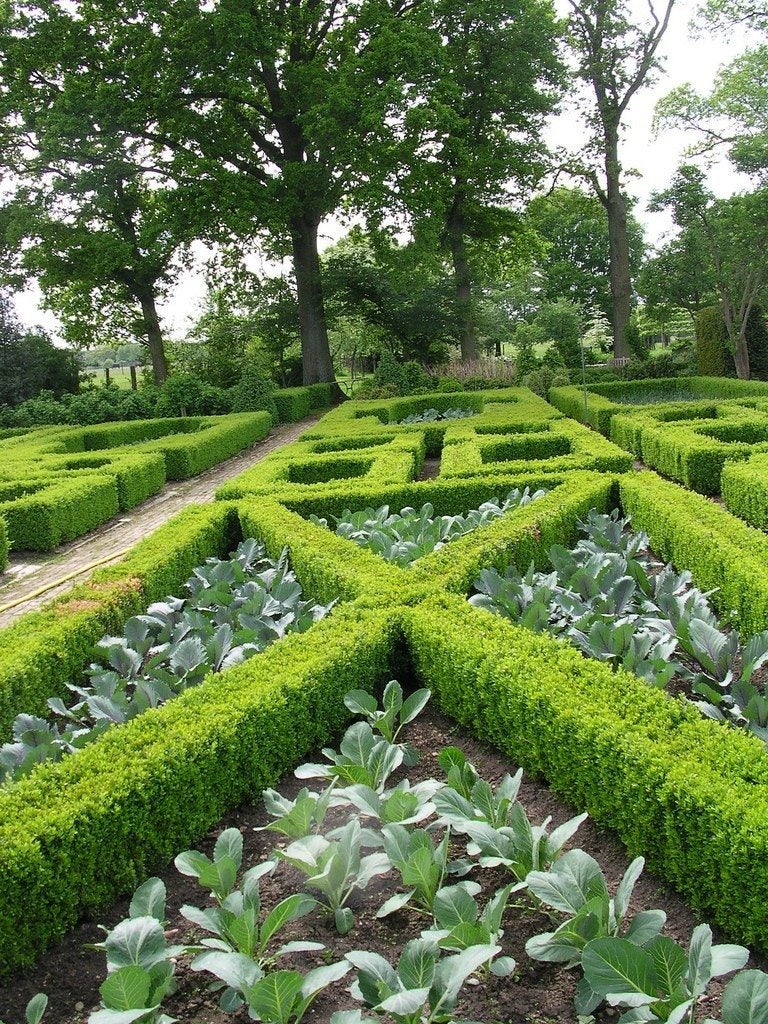Formal Garden Style: Tips For Creating A Formal Garden Design

If cottage gardens with their tumbling vines and profusions of color turn you off, your ideal garden may be an old-fashioned, formal garden style. What is a formal garden? It's a completely planned, green space that demonstrates people's domination over nature. Formal garden styles always rely on geometric shapes such as squares and triangles, and straight lines, and usually concentrate on green, leafy plants instead of flowers. You can use formal garden design ideas to fill an entire backyard or simply to add an accent garden for a surprising corner of the lawn.
What is a Formal Garden Design?
When you picture a formal garden, you may imagine the great manor houses in England and France in past centuries, and you won't be far off. Modern formal garden design takes its flavor from those ideas and scales them down for the average home. When creating a formal garden, you always start with a focal point such as a fountain, a birdbath, or even a sundial. Foliage plants are put into beds and rows, with mirror image planting. Each side of a formal garden is an exact mirror copy of the other side. Hedges are a common way to create geometric shapes and define paths, with boxwood shrubs being the most common type. Subtle groupings of foliage plants fill in the borders and can add a touch of color.
Information and Ideas for Formal Gardens
Ideas for formal gardens don't just happen. They're carefully planned out in great detail. Start with a sheet of graph paper and sketch out the shape of your lawn, or the portion of the yard that you want to convert to a formal garden setting. Place a focal point in the center of the outline as a spot at which to begin. Move on to your boxwood hedges. Draw the design, using mirror image techniques so that every part of the pattern matches up with the opposite side from the focal point. Fill in the open spaces with gravel walkways or other green plants such as camellia or small fruit trees. Use the formal garden design ideas here as a jumping-off place for your own garden design. You don't have to stick to simple greenery as your formal garden plants to give your garden a formal flavor. Plant vegetables into geometric shapes, do concentric rings of colored flowers around a fountain, or plant herbs into triangular beds. As long as each half mirrors the other and you include geometry, you're adding that formal garden flair.
Sign up for the Gardening Know How newsletter today and receive a free copy of our e-book "How to Grow Delicious Tomatoes".